During the final weeks of this term, children in Years 1-6 have been taking on the first of three design challenges set for our students by professors at M.I.T. The collaboration with M.I.T. sees academic staff from across the respective STEAM disciplines share their research with the students, before setting a practical design challenge for NAE students that relates to their work.
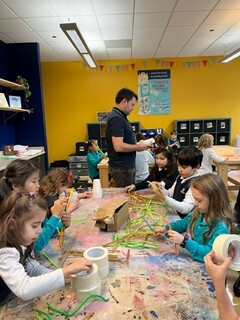
The first challenge of the year is brought to us by Dr. Yukiko Yamashita, Professor of Biology at M.I.T. Her work explores the fascinating way that cells carry out a vast range of different functions by using the human genome to arrange the same fundamental materials in different ways. To demonstrate this, the children have been challenged to create something completely original using the same small pallet of resources as everyone else. In this case, they have been given pipe cleaners, paper cups and popsicle sticks. Not only does this challenge the children to be as creative as possible with what they have, but the constraints set by limiting the materials really test their problem-solving skills. Normally, children will be set a design problem and then have the luxury of selecting which materials would be most appropriate for their design. In this case, they must first take time to explore the properties and potential of each item to inform the ideating stage of the design process. Careful planning and testing are extremely important if the children are to use the limited resources they have as efficiently as possible. The Design Lab is beginning to fill up with all sorts of wonderful creations, and it’s interesting to see how all 120 groups have used the same materials to design and build something completely unique.
The other student challenges this academic year will be set by staff in the M.I.T. Social Cognitive Neuroscience Laboratory, and by Sara Seager, Professor of Planetary Science, Physics and Aerospace Engineering.
Beyond the challenges set for students, the collaboration with M.I.T. has provided some fantastic professional development opportunities for staff at BISC-LP. The link has been a valuable resource as we have grown into a fully integrated STEAM department that maintains the key taught elements of the discrete subjects, while championing a cross-curricular approach with design thinking and practical problem solving at its core. While the relationship with M.I.T. may be most visible when children are participating in the three annual challenges, the benefits of the partnership reach across the curriculum by helping to inform teachers’ planning throughout the entire school.
Alex Hinde
STEAM Leader & Science Teacher


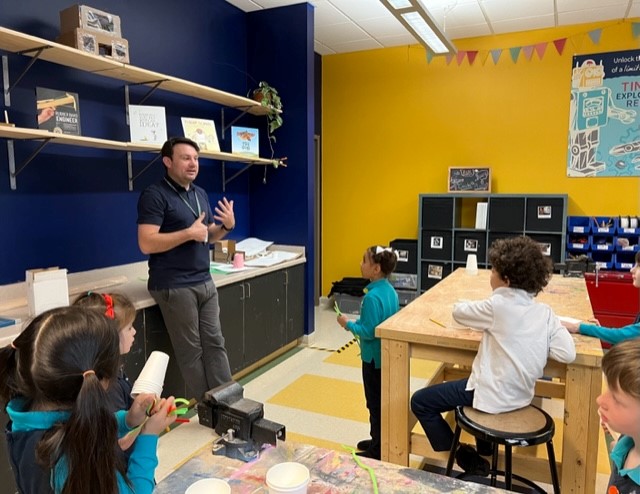
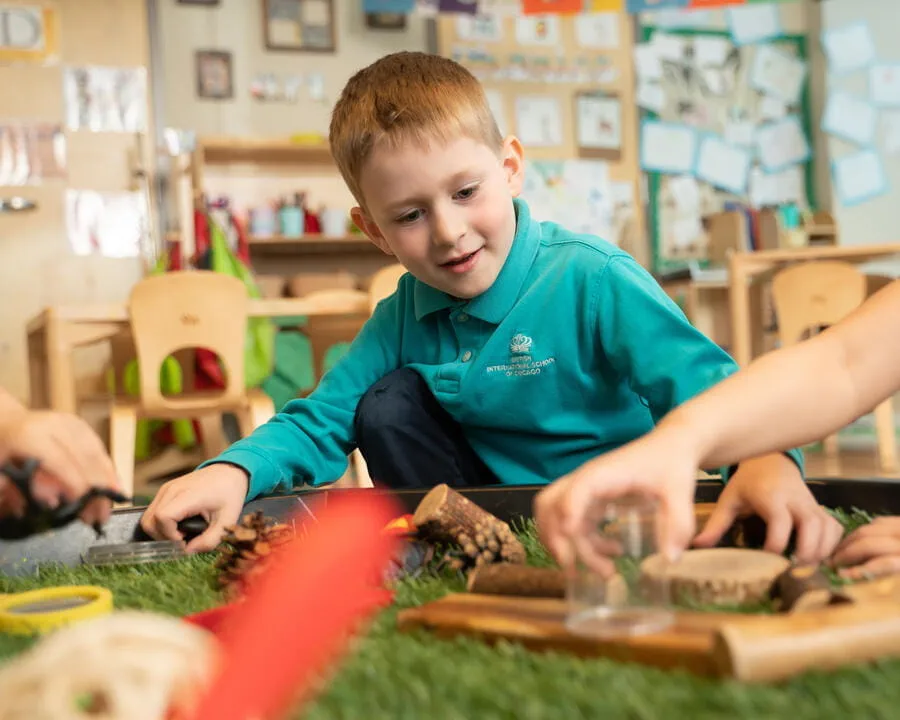

/blog-banner-1280-x-720.png?h=720&iar=0&w=1280&rev=16a05aefba4045d9990a53f442785685&hash=6B05FC5D5038D38284BABCEC2067DB8E)
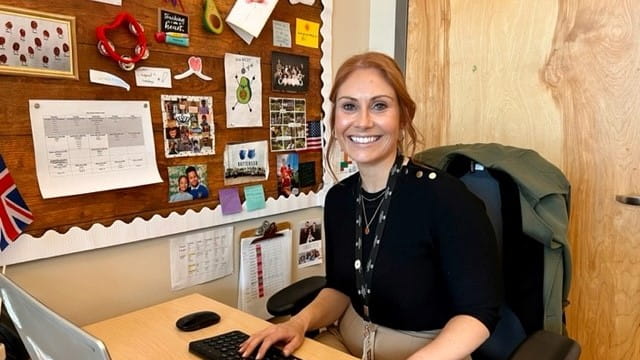
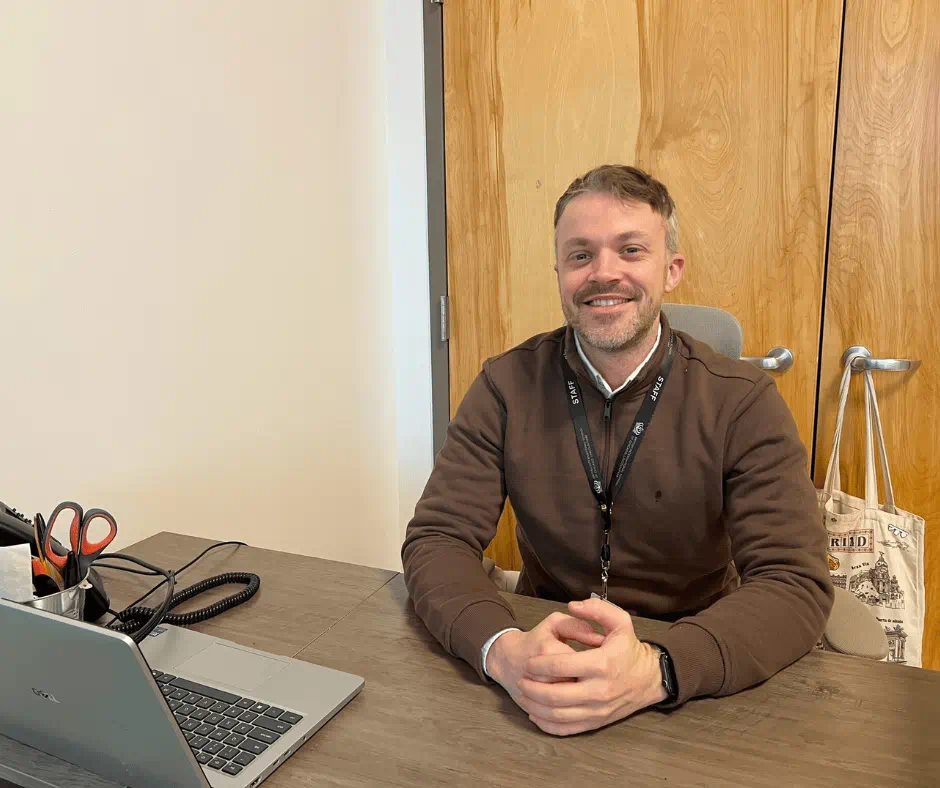
.png?h=788&iar=0&w=940&rev=d90cba9b09fb4c8fab7fac061b6b1f8b&hash=6370E2794516618F223C4FD12B4A6659)